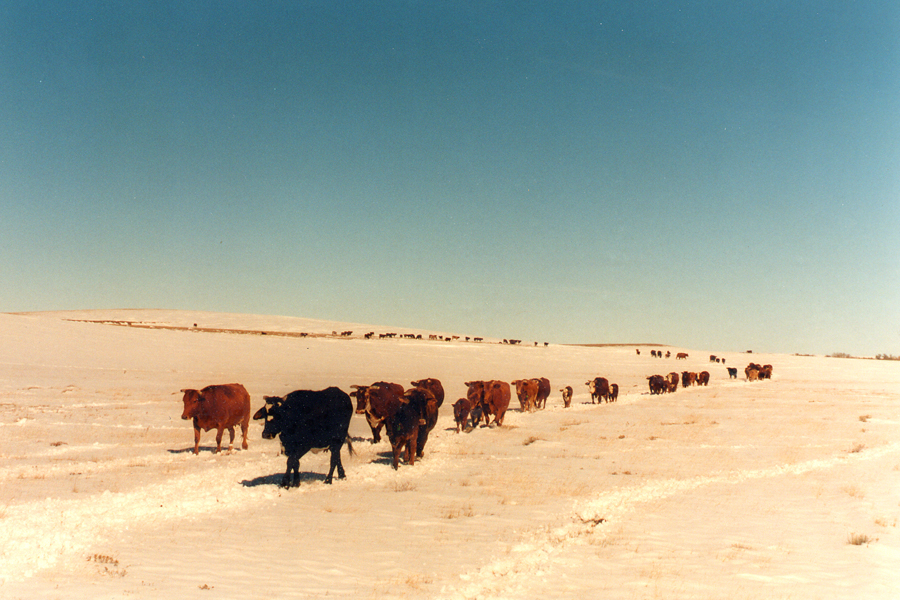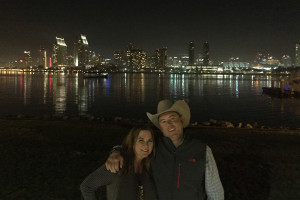
(Editor’s note: the following is an email we received from a Russian cattle producer we tried to sell Beefmasters, and my subsequent response. I thought I’d share since it answers a lot of the common objections about Beefmasters in colder climates.)
Email from Russia:
Below you can find owner’s opinion about your question.
“Not for cattle production in Bryansk or the neighboring regions.
They are a composite breed of Brahman, Hereford & Shorthorn. They can be well suited for warm climates of the southern US. They usually have about 3/8 Brahman influence, similar to the Brangus and Santa Gertrudis. If they are good cattle, they can gain well in the feedlot but their marbling will be low. “
And my response:
Thanks for your response. If you’ll indulge me, I’d like to share a couple things about Beefmasters that may surprise to you.
Beefmasters are typically thought of as warm-weather cattle, but they actually do very well in all but the extreme northern climates. My grandfather, Tom Lasater, founded the Beefmaster breed. He moved the Foundation Herd to the state of Colorado in the 1940’s, where they have been since. I have attached the average temperatures for both Matheson and Bryansk (Bryansk Temps, Matheson Temps )and you will see they are amazingly similar. In the winter, eastern Colorado is characterizing by cold temps, frequent snow and lots of wind.
We also have many Beefmaster breeders in other colder U.S. states like Nevada, Oregon, Montana and Wisconsin. Another critical point is that I assume you would be initially A.I’ing to adapted “cold weather” cows like Angus or Kalmyk. The 50% hybrids from this mating and raised in your climate would have no trouble at all.
As for the breed composition, they were actually originally created from 50% Bos Indicus (Ghir and Guzerate from India, Nelore from Brazil) and 50% Bos Taurus (25% Hereford, 25% milking shorthorn). One important distinction is that the Bos Indicus influence comes from three different breeds, not from the modern American Brahman. In fact, the Brahman was developed from many of the same strains at roughly the same time.
The most important difference is selection. My grandfather closed his herd to any outside genetics in 1937. It is thought to be the oldest closed herd in the world today. Nearly 80 years of continuous selection by a clearly defined philosophy has resulted in a homozygous Beef breed. It retains traits from each of the parent breeds, but through selection is a unique and wondrous animal unto itself.
The main difference between Beefmasters and the other breeds you mentioned is they are a 5/8 x 3/8 hybrid. This means they can be continually recreated from the parent breeds, which are also continually evolving, which means much less consistency. There is also a good deal more heterosis in prepotency form a 3-way composite than and 2-breed hybrid.
Now to your final point: marbling. Beefmasters are not thought of as heavy marbling cattle. If that were the only target, we would just use Angus. But in the U.S., we find our profit in a myriad of factors, many of them more important than Marbling alone.
Beefmasters gain acceptably well, especially when crossed on a fattier breed such as Angus, which is a very typical cross for our customers. In my brochure, you will find some of the numbers relating to feeding and carcass performance of our genetics.
The thing Beefmaster bring to the cattle feeding segment is rapid again, efficient conversion, long-feed efficiency without getting too fat, and a low incidence of sicks and death loss. Hanging on the rail, they provide acceptable grade (marbling) with higher yields (more beef, less fat), and a low incidence of cull carcasses. In the U.S. our industry is struggling with the huge overproduction of wasted fat due to the heavy Angus influence. We are striving to raise is genetics that will produce lean, yet tender and consistent Beef.
The real prize though is on the ranch, and this is why commercial operators throughout the world use Beefmaster genetics. You will find Beefmaster females will be much more efficient females for low-cost production. They are thriftier, hardier and wonderful mothers. While many in the industry take a discount for terminal-cross females, our customers place a much higher value on the replacement females than the feeder steers. The former is a factory, the latter a commodity.
That’s probably more than you ever wanted to know about Beefmasters, but I appreciate your reading it!
Lorenzo Lasater, President. lorenzo@isabeefmasters.com. 325.942.8581


 way (
way ( We also went out to Coronado Island (where the Seals train) and had dinner. This is the spectacular view looking back to
We also went out to Coronado Island (where the Seals train) and had dinner. This is the spectacular view looking back to
 of production. But a typical beef animal is two years old or less at harvest and often spends as much as three-quarters of its life on pasture or in fields. One of the real ironies of grain use in agriculture is that it began due to the overproduction of grain caused by the Farm Program, paying farmers to grow crops America didn’t need for human consumption. Faced with tremendous oversupply, ranchers began feeding it to livestock rather than burning it.
of production. But a typical beef animal is two years old or less at harvest and often spends as much as three-quarters of its life on pasture or in fields. One of the real ironies of grain use in agriculture is that it began due to the overproduction of grain caused by the Farm Program, paying farmers to grow crops America didn’t need for human consumption. Faced with tremendous oversupply, ranchers began feeding it to livestock rather than burning it.